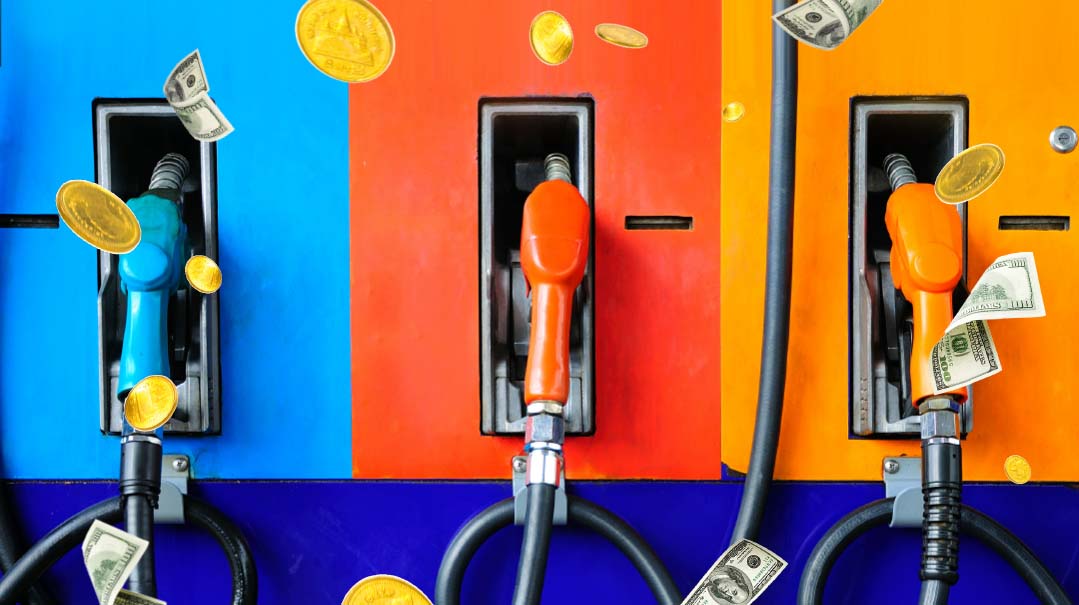Fuel Hike

Why is gasoline so important? And what makes the price go up or down?

It gets you to school. It takes you on vacation. It brings your favorite snack to the store. It’s so precious that wars have literally been waged over it. No wonder it’s called “liquid gold.”
Gas is something we rarely see, yet is so important in our lives. Recently, gas prices have soared. Because gas is used as fuel to ship products to the market, higher gas prices cause everything else to go up in price too.
Why is gas so important? And what makes the price go up or down?
Supply and Demand
Like most things in life, the more people want something, the more it’s going to cost. When more people are traveling, like during vacation and national holidays, gas is more expensive.
During the lockdown months of 2020, gas prices fell dramatically. People were stuck at home, unable to travel to work or school. Airplanes, which use a lot of gas, were mostly grounded due to travel restrictions. Demand for gas was very low, and that was reflected in the shockingly low gas prices of spring 2020.
Once the vaccines were distributed and lockdowns were mostly over, gas prices slowly crept back up. Then they shot upward suddenly, and we’ve been feeling the repercussions ever since.
What happened?
The Great Fuel Shortage of 2021
During lockdown, many fuel truck drivers lost their jobs, because low demand for gas meant that fewer truck drivers were needed to transport the fuel from the refineries to the gas stations. This was obviously a difficult time for the drivers, but it quickly became a situation that affected us all.
When demand for gas returned to pre-Covid levels, the fuel-hauling companies found themselves without enough truck drivers. A driver shortage turned into a fuel shortage, as not as much fuel was getting to where it needed to go. The low supply combined with high demand created really high gas prices.
Besides for paying more at the pump, dramatic increases in fuel prices means we pay more for virtually everything. Before a product reaches a store shelf, it has likely traveled thousands of miles. Raw materials are produced in one country and then shipped to another country for manufacturing. (FYI, ships also use fuel.) The manufactured product is shipped elsewhere for packaging before shipping out to the country where it will be sold. Then it gets shipped from one warehouse to another until it finally makes it to the store. That’s a lot of fuel.
Oops! We could not locate your form.






